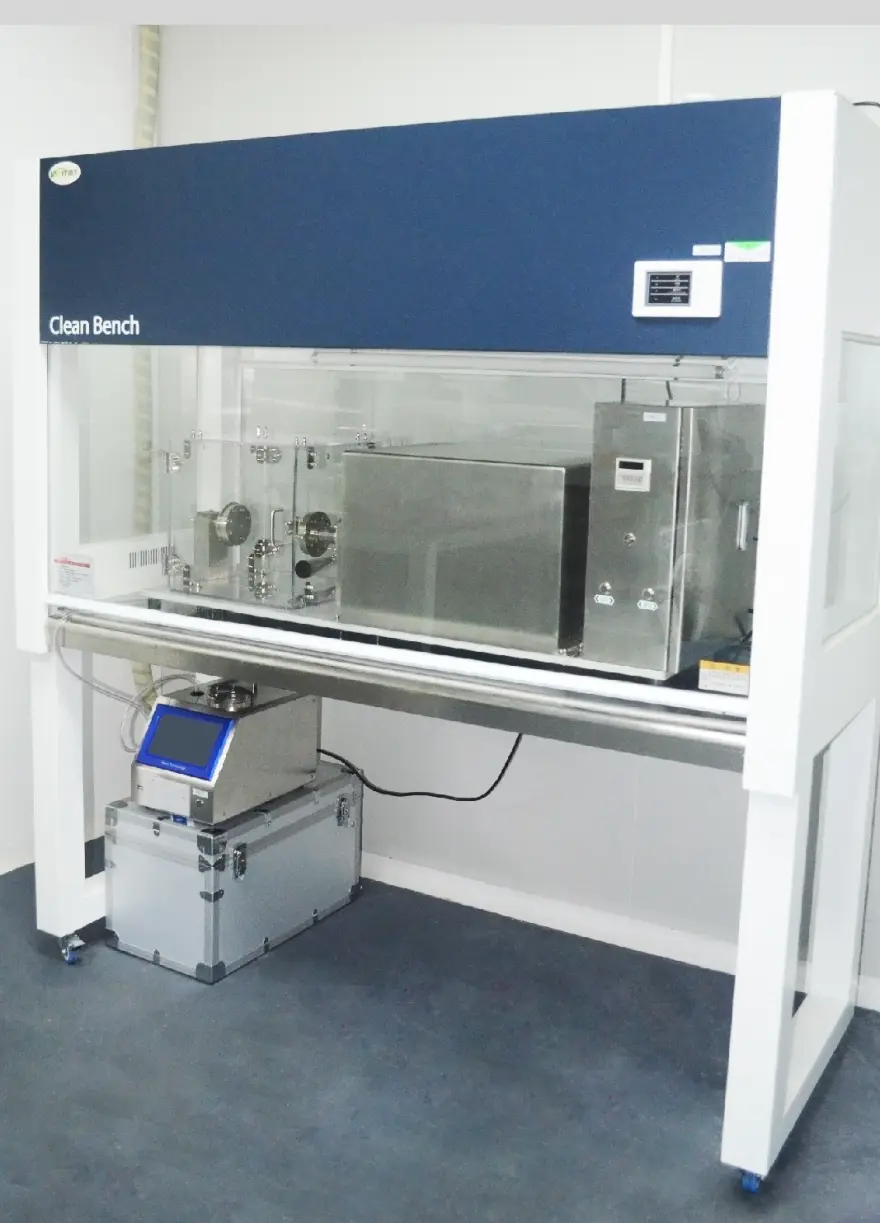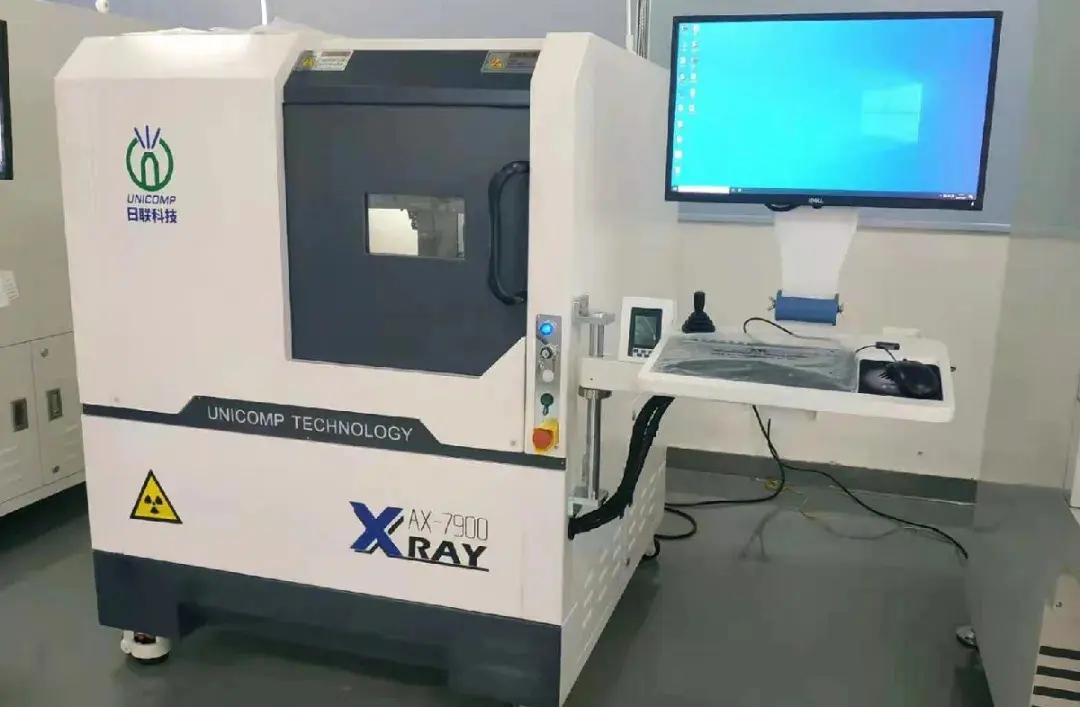
What is PPE Product CE Certification?
Personal Protective Equipment (PPE) CE Directive
PPE stands for personal protective equipment, referring to any device or appliance designed to be worn or held by an individual to guard against one or more health and safety hazards. Primarily, it protects employees from serious workplace injuries or illnesses that may result from contact with chemical, radiological, electrical, mechanical equipment, or other occupational hazards. Besides face masks, safety glasses, and safety shoes, PPE includes a wide range of respiratory protective equipment, protective clothing, helmets, goggles, hearing protection (earplugs), safety gloves, safety shoes, respirators, and safety harnesses.
Examples:
- Work-related: Protective shoes, goggles
- Home use: Sunglasses and gardening gloves
- Recreational use: Helmets for biking, inline/roller skating
CE Marking and Compliance
PPE bearing the CE mark declares compliance with the PPE directive and other relevant health and safety requirements.
PPE Directive 89/686/EEC
This directive was passed in 1989 by the European Community (EC, now the European Union - EU) as Directive 686 and enforced starting July 1, 1995. It was revised under the following numbers:
- 93/68/EEC
- 93/95/EEC
- 96/58/EEC
The PPE directive is designed to ensure that PPE on the European market effectively prevents risks through legal obligations. It details essential health and safety requirements (EHSR) and conformity assessment procedures. Manufacturers or their authorized representatives in the EU can comply directly or through harmonized European standards.
Definition of PPE
Personal protective equipment (PPE) is defined as:
- (a) Equipment designed and manufactured to prevent risks affecting an individual’s health or safety.
- (b) Interchangeable parts that are essential for its protective function.
- (c) Connection systems designed to link the equipment to an external device or reliable anchor, not intended for permanent fixation and requiring no fastening work before use.
PPE Should Include:
1. Combinations of protective devices or appliances manufactured by the maker to protect against one or more potential simultaneous risks.
2. Protective devices assembled inseparably or separably from non-protective items for performing specific activities.
3. Essential interchangeable PPE components for satisfactory functionality.
4. Systems marketed with PPE to link it to external devices, which are considered part of the equipment, even if not continuously worn during the period of exposure.
Differences Between Old Directive 89/686/EEC and New Directive 2016/425
Conformity Assessment Models for PPE CE certification:
- Model A: Internal production control
- Model B: EC type-examination
- Model D: Production quality assurance
- Model E: Product quality assurance
- Model F: Product verification
- Model H: Full quality assurance
Models H, D, and E require quality system certification.
Core Requirements for PPE Directives:
1. Design principles
2. Ergonomics
3. Levels and degrees of protection
4. Harmlessness
5. Safety and elimination of inherent risks
6. Comfort and efficiency
7. User adaptability
8. Lightweight and design strength
9. Compatibility for simultaneous use of different models or types
Types of Personal Protective Equipment:
1. Head protection
2. Respiratory protection
3. Eye and face protection
4. Hearing protection
5. Hand protection
6. Foot protection
7. Torso protection
8. Skin protection
9. Fall protection
Scope Not Covered by Personal Protective Equipment CE Certification (PPE Directive):
1. PPE specifically designed for the armed forces or law enforcement (e.g., helmets, shields).
2. PPE for self-defense (e.g., gas filters, defense sprays).
3. PPE designed and manufactured for private use to guard against non-extreme atmospheric conditions (e.g., hats, seasonal clothing, umbrellas); moisture and water (e.g., dishwashing gloves); or heat (e.g., gloves).
4. PPE designed to protect or rescue passengers on ships or aircraft, not continuously worn.
5. Helmets and visors for motorcycle riders.
PPE Standards:
- Eye and Face Protection:
- BS 5883, ANSI Z87.1 for industrial goggles
- EN 14120 for skating gear
- EN 1621 for motorcycle protection
- EN 13138 for flotation aids
- FMVSS 209 for seatbelts
- EN 166 for personal eye protectors
- ANSI Z87.1 for occupational and educational eye and face protection
- AS/NZS 1337 for industrial eye protection
- CSA Z94.3 for industrial eye and face protection
- EN 175 for welding protection
- EN 1731 for mesh eye protection
- EN 169 for welding filters
- EN 170 for UV filters
- EN 171 for IR filters
- EN 172 for industrial sun filters
- EN 379 for variable welding filters
- AS/NZS 1338 for welding, UV, and IR filters
- EN 207 and EN 208 for laser protection
- EN 1836 for general sunglasses and sun filters
- ANSI Z80.3 for sunglasses and fashion eyewear
- EN 174 for ski goggles
- ISO 8980 for spectacle lenses
Head Protection Standards:
- Industrial Helmets: EN 397, EN 14052, ANSI Z89.1, AS/NZS 1801
- Special Use Helmets: EN 443 (firefighters), EN 812 (bump caps), EN 1384 (equestrian), ASTM F1163 (equestrian), EN 1078 (cycling/skating), astm f1447, ASTM F1492, ASTM F1751, ASTM F1898 (children’s helmets), CPSC 16 CFR Part 1203, EN 966 (air sports), EN 967 (hockey), EN 1077 (skiing), EN 1385 (canoeing), EN 12492 (climbing), EN 13484 (sledding), EN 1080 (children’s play).
Hearing Protection Standards:
- EN 352 series (various ear protection types)
- EN 24869-1 (attenuation testing)
Hand Protection Standards:
- EN 374 for chemical and microbial protection
- EN 381-7 for chainsaw gloves
- EN 388 for mechanical protection
- EN 407 for heat/fire protection
- EN 420 for general requirements
- EN 421 for ionizing radiation
- EN 455 for medical gloves
- EN 511 for cold protection
- EN 659 for firefighter gloves
- EN 1082 for cut protection
- EN ISO 10819 for vibration
- NF EN 12477/A1 for welding
- EN 13594 for motorcycle gloves
- EN ISO 13753 for impact vibration
- EN 14328 for power saws
- EN 60903 for insulation
- BS 6526 for oven mitts
- ISO 10282 for surgical gloves
- ASTM D standards for various glove tests
Foot Protection Standards:
- EN ISO 20344/20345/20346/20347 for safety, protective, and occupational footwear
- XP S 73.012 for anti-slip standards
- EN 15090 for firefighter boots
- EN ISO 13287 for anti-slip
- EN 13634 for motorcycle boots
- EN 13832 for chemical resistance
- ASTM F 2412/3 for American safety footwear
Protective Clothing Standards:
- EN 1073 (radioactive contamination)
- EN 1082 (cut-resistant clothing)
- EN 1149 (anti-static)
- EN 13034 (limited chemical protection)
- EN 14058 (cold protection)
- EN 14126 (infectious agents)
- EN 14605 (liquid protection)
- EN 1486 (fire reflective clothing)
- EN 15614 (firefighters)
- EN ISO 20471 (high-visibility)
- EN ISO 11612/11611 (heat/flame)
- ASTM F1060/F1342/F903 for various protective tests
CE Certification Process for PPE:
1. Application:
- Fill in the application form.
- Submit company information.
- Provide product details and samples.
2. Quotation:
- Assessment by engineers and cost estimation.
3. Payment:
- Confirm quotation, sign contract, make payment, and submit samples.
4. Testing:
- Laboratory testing based on EU standards.
5. Completion:
- Test report completed.
6. Certification Issuance:
- Official CE certificate provided.
Documents Needed for PPE Certification:
1. Detailed product specifications
2. Product drawings
3. Design standards
4. ISO 9000 certificate
5. Product images
6. Component list
7. Product labels
8. User manual
Cost for PPE Certification:
Fees vary depending on product type, ranging from a few hundred to thousands of dollars. Contact JJR Laboratory in China for further assistance.:CE cost
Is PPE Certification Mandatory?
CE marking for PPE indicates compliance with the PPE directive and other health and safety standards. PPE covered under Directive 89/686/EEC must bear the CE mark, which is mandatory.
Email:hello@jjrlab.com
Write your message here and send it to us
 Packaging Validation ISO 11607 Test Report
Packaging Validation ISO 11607 Test Report
 What is the ISO 11607-1 Packaging Validation Test?
What is the ISO 11607-1 Packaging Validation Test?
 How to get an ISO 11737-1 Test Report?
How to get an ISO 11737-1 Test Report?
 Orthopedic Implant Cleanliness Testing
Orthopedic Implant Cleanliness Testing
 What is ISO 10993-23:2021 Irritation Testing?
What is ISO 10993-23:2021 Irritation Testing?
 ISO 10993-23 Irritation Testing Laboratory
ISO 10993-23 Irritation Testing Laboratory
 EMI Emissions Testing
EMI Emissions Testing
 EMC Standards for Medical Devices
EMC Standards for Medical Devices
Leave us a message
24-hour online customer service at any time to respond, so that you worry!




